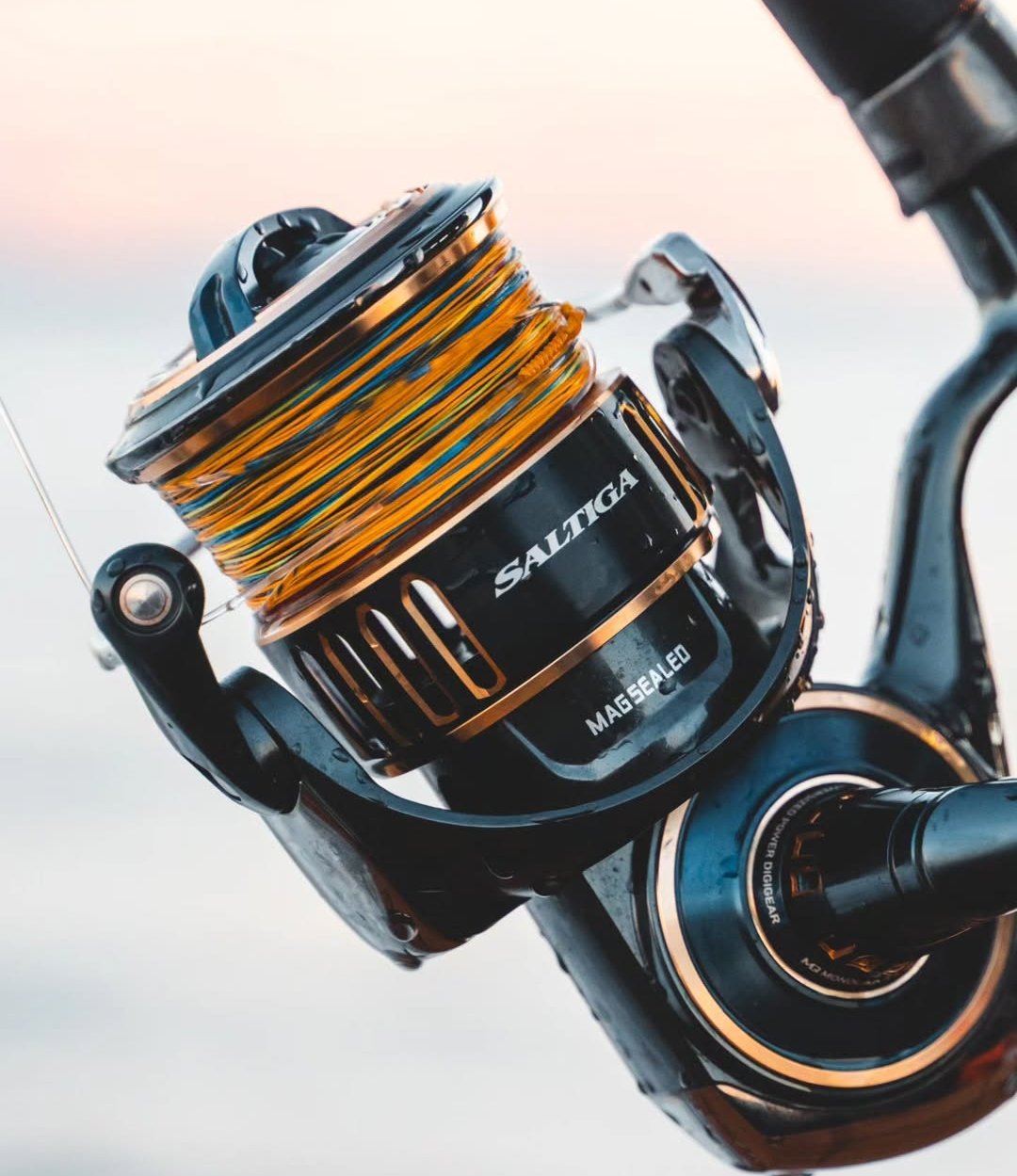Kayak Fishing 101: An Affordable, Accessible, and Enjoyable Way to Fish
Kayak fishing is gaining popularity among anglers of all experience levels. It’s a budget-friendly, eco-conscious alternative to traditional powerboats and doesn’t require a major financial investment. With an initial outlay of around $1,500-$2,000, you can get started without worrying about expensive fuel bills or hefty maintenance costs. Just hose it down after use, and you’re ready for the next trip!
Beyond affordability, one of the biggest advantages of kayak fishing is its stealth and maneuverability. You can slip quietly into shallows, navigate rugged coastlines, and access rocky outcrops where larger boats can’t venture—all while causing minimal disturbance to the fish below.
Learning from Experience
Seasoned anglers often discover that kayak fishing comes with its own learning curve. Unlike fishing from small boats, the balance, gear management, and anchoring techniques differ significantly. Many newcomers over-pack gear they never use or struggle with losing equipment overboard. Experience teaches valuable lessons: keep your setup simple, leash expensive gear, and only bring what you truly need.
Choosing the Perfect Fishing Kayak
Modern sit-on-top fishing kayaks are tailor-made for anglers. They range from compact 2.7m models ideal for inshore fishing to longer, more advanced 4.7m kayaks that can hold electronic navigation and fish-finding systems.
When selecting a kayak, consider the following:
- Size and Load Capacity: Choose a kayak that you can comfortably transport and that suits your weight and height.
- Stability and Handling: Heavier or taller anglers may require a more stable model.
- Features and Upgrades: Look for a hull design that allows for easy installation of rod holders, accessories, fish finders, and communication devices.
- Seating Comfort: Opt for a seat with good back support since you’ll be spending hours on the water.
- Visibility: Bright colors like yellow or red improve visibility, increasing your safety in busy waterways.
Try before you buy—many quality retailers offer demo sessions. Also, research online forums like the Fishing.net.nz kayak forum to learn from other kayak anglers.
Transporting Your Kayak
Transportation options vary, from roof racks to specialized kayak trolleys. Consider vehicle height and your personal strength. A poorly chosen rack system can lead to frustration or even damage to your kayak or car. Kayak trolleys make it easier to move your kayak from your vehicle to the water’s edge, and some models disassemble to fit into the kayak’s storage hatch.
Safety Equipment: Your Top Priority
While rigging your kayak with fishing gear is exciting, prioritize safety above all else. Here’s the essential equipment you’ll need:
- PFD (Personal Flotation Device): A properly fitted PFD is non-negotiable.
- Tether Line and Paddle Leash: Secure your paddle and use a tether line to prevent your kayak from drifting away if you capsize.
- Communication Devices:
- Cell Phone in a Waterproof Case: Stay connected, call for help, and check in with friends.
- VHF Marine Radio: Contact the Coastguard on Channel 16 if you’re out of cell range. Remember, using a VHF requires a marine radio operator’s license.
- EPIRB: In emergencies, an EPIRB provides your exact location to rescue teams.
- Compass, Flares, and First Aid Kit: A compass helps with navigation if visibility drops. Flares signal distress, and a first aid kit should be easily accessible to treat minor injuries.
- Rescue Knives and Bright Flags: A dive knife or bear claw knife secured to your person can help in entanglements. A visible flag and bright clothing or hats make you easier to spot by other boaters.
- Lights for Night Fishing: Attach a steady, all-round white light at least one meter above your head. Avoid flashing or colored lights that might cause confusion.
Staying Hydrated and Informed
Long hours on the water can be physically demanding. Bring enough water, energy drinks, and snacks to keep you fueled. Always check weather conditions before heading out. Understanding wind, tide, and weather forecasts can help you avoid dangerous situations.
In Summary
Kayak fishing offers a cost-effective, versatile, and deeply rewarding way to enjoy the water and catch fish. With the right kayak, proper safety measures, and some practical experience, you’ll be well on your way to enjoying countless memorable days on the water. By focusing on essential safety gear, doing your research, and planning ahead, you’ll ensure that every trip is not only productive, but also safe and enjoyable.


